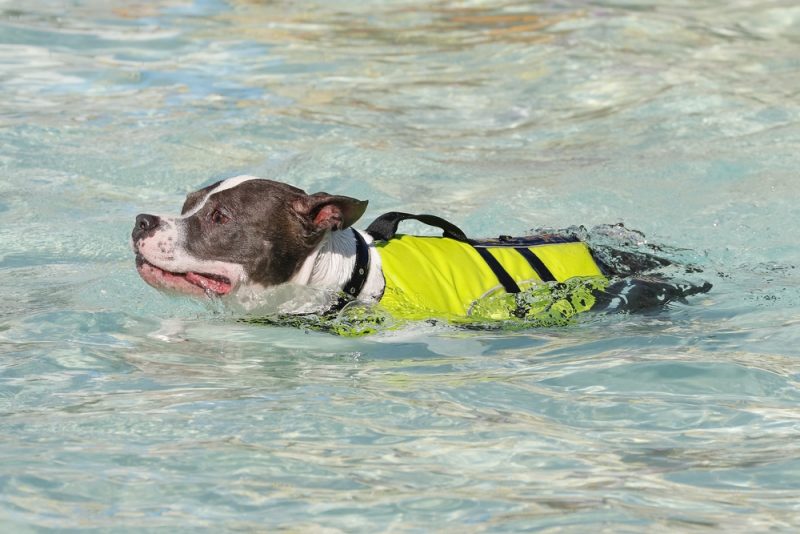In good news for the Parkinson’s community, a new study found that trained dogs were unexpectedly accurate in detecting Parkinson’s disease, potentially years before diagnosis.
Since there is currently no definitive early diagnostic test for Parkinson’s, scientists are hopeful that this data will help them identify the biological markers that dogs are able to detect. Understanding the earliest changes in the body could lead to better tests, helping patients receive timely care.
Let’s take a closer look at the study, the disease, and how it all works.
What is Parkinson’s Disease?
Parkinson’s is a neurological disorder that causes symptoms like stiffness, tremors, difficulty balancing, and slow movement.1 It’s a progressive disease that gets worse over time. There is currently no cure for Parkinson’s, though medications and, in some cases, surgery can help manage the symptoms.
Unfortunately, there is still no definitive diagnostic test for Parkinson’s, so identifying the biological markers that dogs are detecting could be very helpful. Symptoms can start to show 20 years before they become persistent enough for definitive diagnosis.2 An early detection test could give patients and doctors a serious head start on managing this disease.

How can dogs help?
So how do dogs come into this? The new research, published July 15 in The Journal of Parkinson’s Disease, features a double-blind study involving trained dogs. One of the early symptoms of Parkinson’s, often seen before motor symptoms, is seborrheic dermatitis, a skin condition where the glands produce excessive sebum, an oily biofilm. Sebum has a distinctive odor, and the researchers hypothesized that dogs could be trained to identify the excessive sebum in skin samples.
For the study, professional trainers trained and tested a set of dogs to identify Parkinson’s from skin samples. The study began with 10 dogs, but only two of them completed the rigorous training process. Once the dogs were fully trained, they were provided with a line of skin samples, one of which may have had Parkinson’s. The double-blind aspect of the study ensured that the dogs weren’t taking any cues from their trainers or the study administrators.
Ultimately, the dogs proved 98% accurate in detecting Parkinson’s disease from these skin samples. They also demonstrated high sensitivity, at 70-80%, to the samples. Though this is just one step in the process of developing an early detection test for Parkinson’s, the results were encouraging.

Can dogs detect other diseases?
Dogs have shown an ability to detect a variety of diseases, including cancer. Cancerous tumors produce volatile organic compounds that are detectable to certain dogs’ sensitive noses. They may also be able to detect diabetes, along with malaria and COVID-19.
It is also possible, though unproven, that dogs may be able to smell seizures before they happen.
What’s next for Parkinson’s research?
Much of the latest research into Parkinson’s involves identifying those most at risk of the disease, studying treatment methods like stem cell therapy and brain implants, and studying the effects of the disease on the body. Wherever the research leads next, we know the dedicated working dog population is ready to help!
More From Barking News:
- Surfing Chihuahuas: Texas Dog Wins Spirit Award at Surf Competition
- Comic Strip Campaign Helps Clear Overcrowded Animal Shelters
- Meet The World’s Ugliest Dogs!
- Grammy-Winning Producer Creates a Groundbreaking Album — for Dogs!
Did You Know?
- Our breaking news articles are included in our weekly emails. Don’t miss out on the latest and sign up for our newsletter below!





















One Response
The fact that trained dogs can detect the disease with up to 98% accuracy from skin samples is truly remarkable. Using dogs to identify early biological markers could revolutionize how Parkinson’s is diagnosed, giving patients a much-needed head start in treatment. It’s amazing how dogs’ incredible sense of smell continues to offer breakthroughs in medical detection.